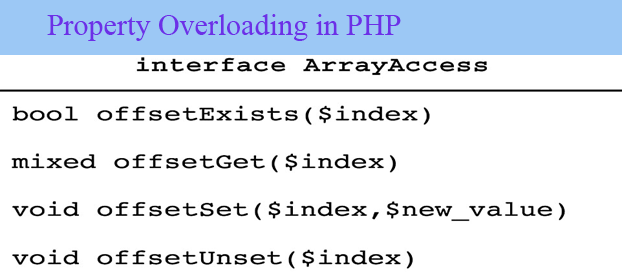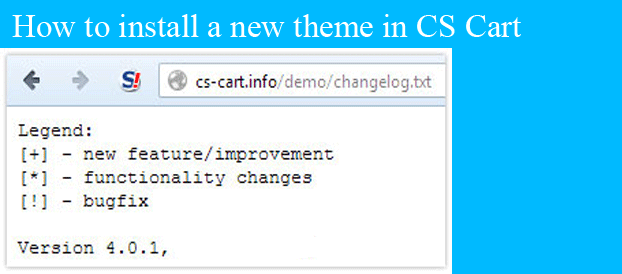Understanding Inheritance in PHP: A Comprehensive Guide
Inheritance is a core concept in Object-Oriented Programming (OOP) that allows one class to inherit properties and methods from another class. This powerful feature enables code reuse, scalability, and the creation of hierarchical class structures. In this blog, we will explore inheritance in PHP with examples, benefits, and use cases.
What is Inheritance?
Inheritance allows a class (child class) to derive the properties and methods of another class (parent class). The child class can:
- Use the inherited properties and methods as-is.
- Override them to provide specific behavior.
- Introduce additional properties and methods.
Syntax:
class ParentClass {
// Parent class properties and methods
}
class ChildClass extends ParentClass {
// Additional properties and methods
}
Example of Inheritance
Let’s consider a practical example to understand how inheritance works:
<?php
class Vehicle {
public $make;
public $model;
public function describe() {
return "This is a $this->make $this->model.";
}
}
class Car extends Vehicle {
public $doors;
public function describeCar() {
return parent::describe() . " It has $this->doors doors.";
}
}
$car = new Car();
$car->make = "Toyota";
$car->model = "Corolla";
$car->doors = 4;
echo $car->describeCar(); // Outputs: This is a Toyota Corolla. It has 4 doors.
?>
Key Points:
- The
Carclass extends theVehicleclass. - The
describeCar()method in the child class usesparent::describe()to call the parent class’s method.
Types of Inheritance in PHP
1. Single Inheritance
A single child class inherits from one parent class.
2. Multilevel Inheritance
A child class acts as a parent for another child class.
Example:
<?php
class Animal {
public function makeSound() {
return "Some generic sound";
}
}
class Dog extends Animal {
public function makeSound() {
return "Bark";
}
}
class Puppy extends Dog {
public function makeSound() {
return "Small bark";
}
}
$puppy = new Puppy();
echo $puppy->makeSound(); // Outputs: Small bark
?>
3. Hierarchical Inheritance
Multiple child classes inherit from a single parent class.
Example:
<?php
class Shape {
public function area() {
return 0;
}
}
class Circle extends Shape {
public $radius;
public function area() {
return pi() * pow($this->radius, 2);
}
}
class Rectangle extends Shape {
public $length;
public $width;
public function area() {
return $this->length * $this->width;
}
}
$circle = new Circle();
$circle->radius = 5;
echo $circle->area(); // Outputs: 78.539816339744
$rectangle = new Rectangle();
$rectangle->length = 4;
$rectangle->width = 6;
echo $rectangle->area(); // Outputs: 24
?>
Overriding Parent Methods
Child classes can override parent methods to provide specific behavior.
Example:
<?php
class ParentClass {
public function greet() {
return "Hello from ParentClass!";
}
}
class ChildClass extends ParentClass {
public function greet() {
return "Hello from ChildClass!";
}
}
$obj = new ChildClass();
echo $obj->greet(); // Outputs: Hello from ChildClass!
?>
Final Classes and Methods
- A final class cannot be inherited.
- A final method cannot be overridden in a child class.
Example:
<?php
final class FinalClass {
public function display() {
return "This is a final class.";
}
}
class Test extends FinalClass { // Error: Cannot extend final class
}
?>
Benefits of Inheritance
- Code Reusability: Avoid rewriting code by reusing existing functionality.
- Modularity: Create a clear structure for your application.
- Extensibility: Easily add new features by extending existing classes.
- Scalability: Manage growing codebases with ease.
Best Practices for Using Inheritance
- Use inheritance only when there is a clear “is-a” relationship (e.g., a Dog is an Animal).
- Avoid deep inheritance hierarchies, as they can make the code complex.
- Use
protectedproperties and methods for better control in child classes.
Conclusion
Inheritance is a powerful feature in PHP that enables developers to build modular, reusable, and maintainable code. By understanding the different types of inheritance, method overriding, and the use of final classes and methods, you can create robust applications.
In the next blog, we will explore another pillar of OOP: Polymorphism. Stay tuned!
Kushagra Kumar Mishra
Latest posts by Kushagra Kumar Mishra (see all)
- Advanced WordPress Topics: Security, Performance, and Scalability (Part-2) - March 10, 2025
- Troubleshooting and Advanced Topics Part-1 - March 10, 2025
- Website Design and Development - March 10, 2025





Recent Comments